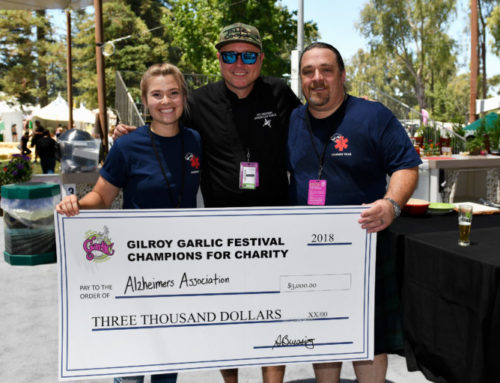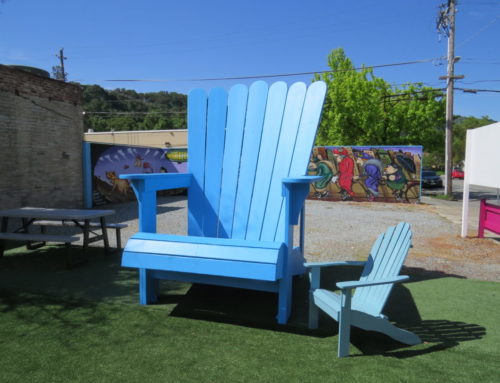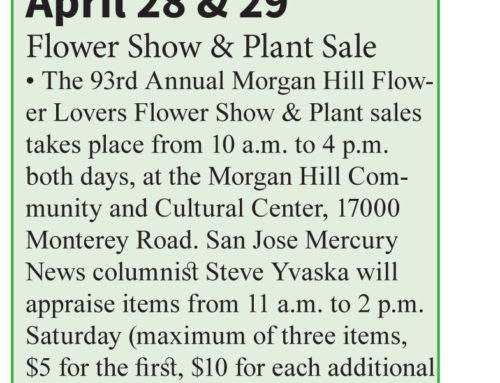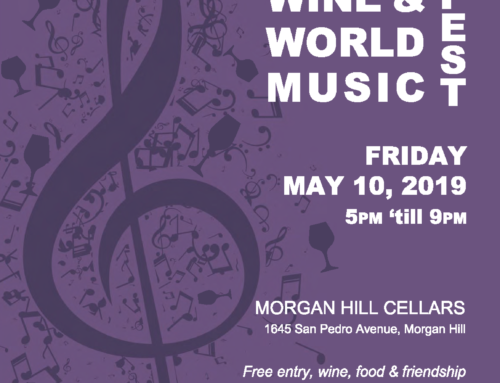Published in the Jan. 22, 2014 issue of Morgan Hill Life
By Cindy Adams
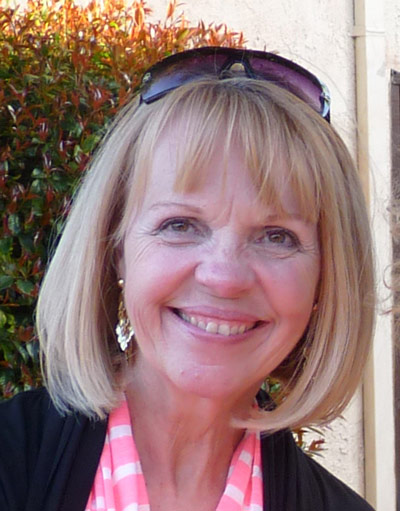
Cindy Adams
One of the first things people think of when they hear the word “California” is our wine. But, while wine has been produced in California since the late 1700s, it wasn’t a viable industry until the early 1970s. It’s only been about 40 years that California has produced world-class wines — which, for my generation, is not that long ago.
We can thank Spanish missionaries for planting the first vineyards, with grapes grown for sacramental wine. From the late 1700s through the mid-1800s, Franciscan monks began to establish missions and plant vineyards, the first in San Juan Capistrano. The grape they planted was called, appropriately, the Mission Grape, a very rustic and tannic varietal. While rarely used now, there is still some in Santa Clara County, but mainly in the Amador County area.
California wines are greatly influenced by the Europeans. In 1857, Agoston Haraszthy, a Hungarian merchant and self-marketer, imported cuttings of many European wine varietals. That same year he founded Buena Vista Winery in what is now Sonoma, and introduced the use of redwood casks and caves for cellaring to the infant wine industry. Just a few years later, in 1861, Charles Krug a Prussian immigrant, established the first commercial winery in California.
Largely established by immigrants from France and Italy, the industry grew. By 1920, there were more than 2,500 commercial wineries. Then, by an act of Congress, the California wine industry was nearly wiped out. The Volstead Act, better known as Prohibition, was enacted in 1920, forbidding the “manufacture, sale or transportation of intoxicating liquors.” When the act was repealed in 1933, fewer than 100 wineries existed in California.
Anticipating the repeal, speculators flooded the market with quickly and poorly made wines known as “jug wines” which didn’t sell very well. Think “Chablis” and “Burgundy,” neither of which were either Chablis or Burgundy. The only group of wines that sold well were fortified dessert wines. Taxed at the lower wine rate rather than the liquor rate, but containing upward of 20 percent alcohol, these were the cheapest intoxicants available. Sales of table wines did not overtake fortified wines until 1968.
Wineries began to be re-established throughout California in many areas, including here in Santa Clara Valley. In 1965, Robert Mondavi broke from his family (which owned the Charles Krug Winery at this time) and built the first large-scale winery in Napa since before Prohibition. He went on to become the “Father of California Wines.” For some insights about his life, read The House of Mondavi, by Julia Flynn Siler.
The California wine industry was still in its fledgling stages when, in 1976, it was unexpectedly thrust into the limelight. Steven Spurrier, a British wine merchant living in Paris, decided to host a blind tasting of French versus American wines in honor of our nation’s bicentennial. The wines were tasted and judged by some of France’s most knowledgeable wine professionals. The judges felt it was a waste of time. They believed French wines were far superior to American wines, so why bother? Imagine their surprise when Stag’s Leap Cabernet Sauvignon and the Chateau Montelena Chardonnay, both of Napa Valley, were proclaimed the winners. The wines of California had arrived and nothing would ever be the same. Wine historians call this contest “The Judgment of Paris,” and the tale is told in a wonderful book by that name written by George M. Taber.
Today, California accounts for nearly 90 percent of all American wine. If California was a country, it would rank as the world’s 4th largest wine producer. More than 3,400 wineries are in the state. Because of the various climates, different areas specialize in varietals such as Chardonnay and Cabernet Sauvignon (Napa), Zinfandel (Sonoma and Lodi), Pinot Noir (Monterey and Santa Barbara) and Rhone (Paso Robles). Next month we’ll look at the wine history of Santa Clara Valley.
Cindy Adams, CS, CSW, is the director of retail operations at Guglielmo Winery.


